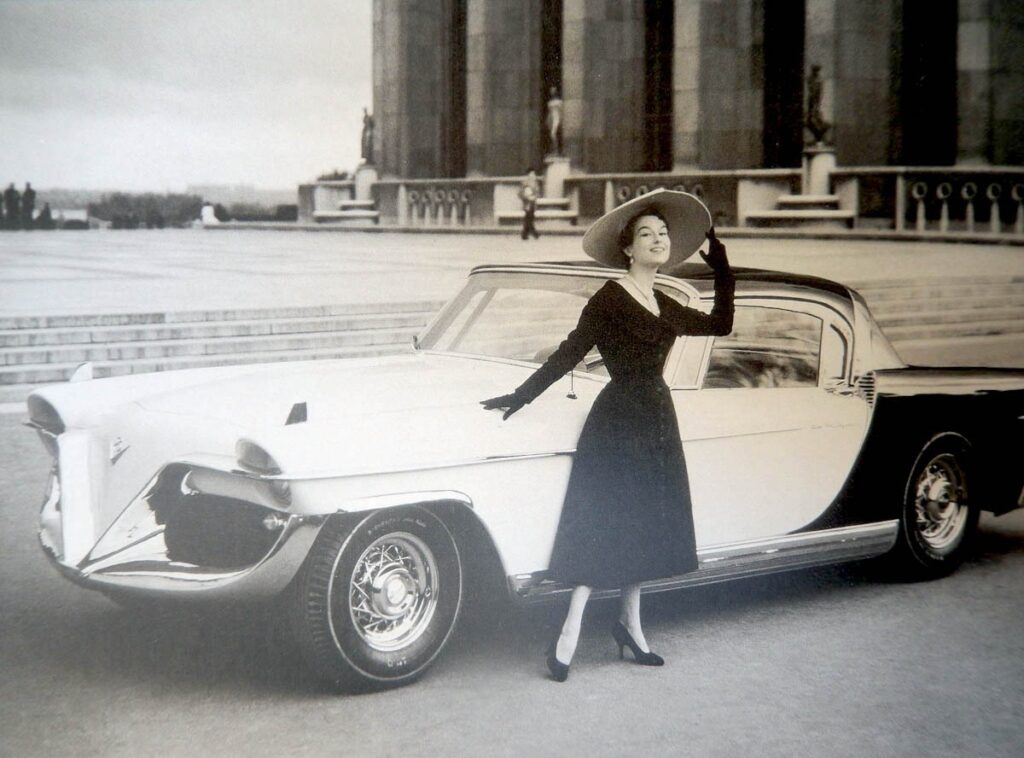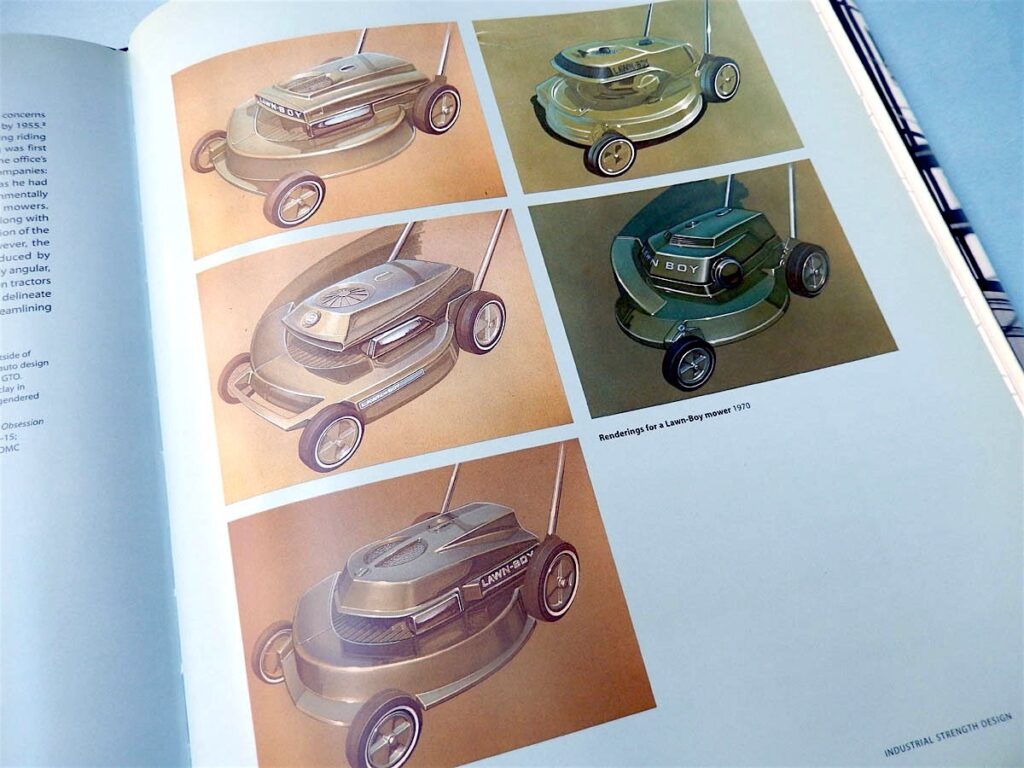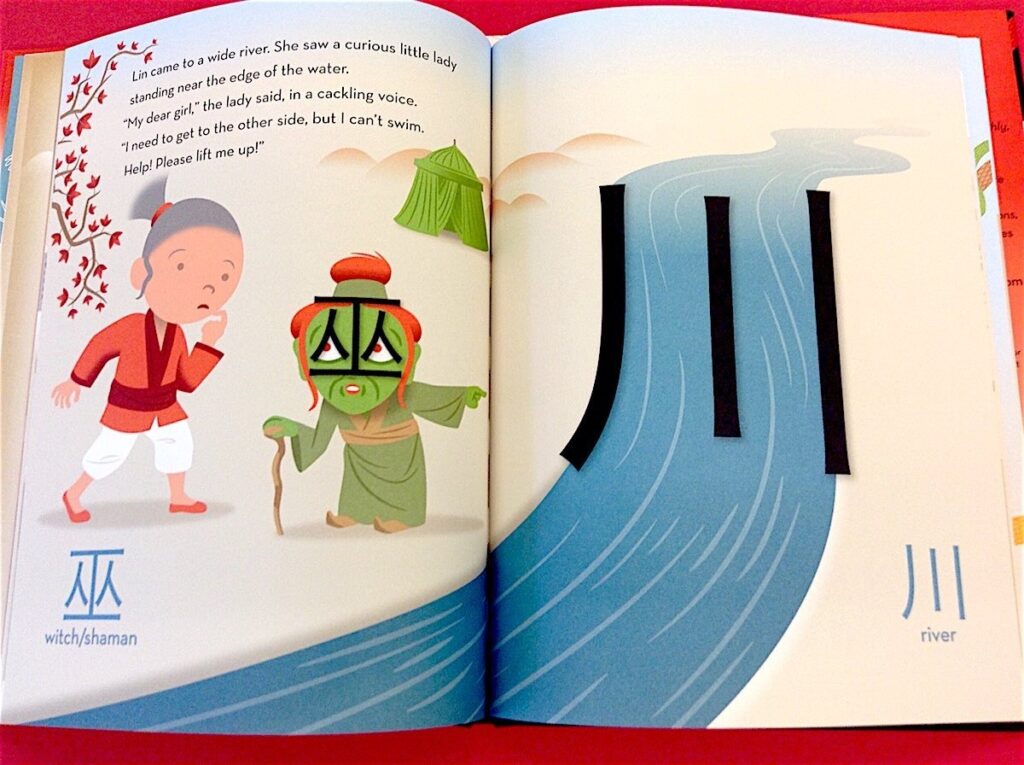Home Carbonation System
DIY beverage bubbles
I drink a lot of seltzer. So much that my fiancee says I couldn’t survive without bubbles in my water. After trying a SodaClub home soda maker (picture above right) and realizing it would cost $70 to buy a special part for it, I found a really detailed resource for building my own, simple home carbonation system for under a $100 using a CO2 tank, regulator, hose and a carbonator cap (details below). It took ten minutes to build. I love having very good homemade soda on the cheap and not having to lug around seltzer bottles or worry about it going flat. With a scuba-like tank in the kitchen, guests always ask “What is that?!” and I really love demonstrating. When one friend of mine said he didn’t like soda, I whipped him up a mango soda from this special puree of mango I had. He absolutely loved it! And a by-product of the cost of producing low cost seltzer water is that I can experiment with different flavored sodas. I mean some really wacky stuff, like lychee-tangerine or coconut-lucuma. If I don’t like it, or it tastes weird, I don’t feel guilty about draining the entire liter or two-liter bottle.
My 20lb system makes over 1133 liters of carbonated water. In practice, efficiency is not perfect, with unavoidable losses in the hose and headspace. But at current prices of $20 per 20lb tank-fill, the cost to convert tap water to seltzer is under $0.02 cents per liter. A single fill of a 20lb tank charges over 500 bottles, which will keep you supplied for 1.5 years if you consume an average of one bottle daily. In terms of break even, assuming that you can find liter bottles of seltzer water for $0.99 per bottle, then it’ll take roughly 100 bottles for the system to break even. I definitely drink a liter a day, so it only took about 3 months for me to break even — not to mention all of the labor and space that it saves to lug in and store 8.3 dozen liter bottles of seltzer water.
I found a CO2 tank on eBay for about $30 bucks, including shipping. I use a dual gauge CO2 regulator; a single gauge one for CO2 output would work also, but I prefer the dual as it also tells you the amount of gas in the CO2 canister ($20 on eBay). You also need a hose (or “gas fitting tube”). To avoid the site’s detailed instructions on how to fit the CO2 hose onto a 1-liter bottle of soda, I bought a special carbonator cap that lets you easily insert the hose ($11 from Northern Brewer). You can’t refill a CO2 tank in NYC, as it violates several ordinances. However, you can exchange your empty tank for a full one for $20 at a local welding supply place; other spots include keg brewers and anywhere that refills fire extinguishers. (I got mine refilled at McKinney’s Welding Supply Co. at 535 W 52nd Street, New York, NY 10019.)
The operating instructions are fairly straightforward. On a dual gauge tank there are two gauges and two valves, one for the main tank and one for the output. The valve between the CO2 tank and the regulator, I’ll call the CO2 valve and the valve between the regulator and the carbonator cap, I’ll call the output valve:
1) Fill up a one- or two-liter bottle.
2) Screw on the carbonator cap fairly tight (it’s a ball release
cap, so you simply push the entire cap to release it from the hose afterwards)
3) Make sure the Output valve is completely shut off
4) Turn on the CO2 valve and watch the CO2 tank gauge shoot up (this will be
the remaining pressure in your tank)
5) Slowly turn the Output valve open until the pressure reaches about 50 PSI
(I’ve been experimenting with various PSI’s — 50 PSI works best for me)
6) As you feel the bottle get full (don’t worry, I read recently
that two-liter soda bottles are rated to handle 200 PSI), pick it up and start
shaking vigorously as you would a bar drink (this helps carbonate the water).
7) Turn off the CO2 valve and then the Output valve
8) Remove the carbonator cap
Incidentally, it was a SodaClub home soda maker I bought on eBay that inspired me ultimately to build my own home carbonation unit. The SodaClub unit has a proprietary design whereby it is nearly impossible to refill without a special adapter and the adapters I found online cost $70 bucks (more than I paid for the SodaClub). So rather than spend $70 to fix an inherent problem with the SodaClub (and I would still need a 20lb canister sitting somewhere in my house), I did some research and found this site. For about $95 bucks — less than the cost of a new SodaClub (they retail new for about $100) — I have more than 10 times the soda making capacity (SodaClub claims you can get 110 liters of soda). I should add that I’ve seen plans on eBay for $5 or $10 bucks for how to construct your own soda fountain gun that spurts out bubbly water on demand. With mine, the end result is the same, but the carbonator unit I built is so much simpler and cheaper and it doesn’t require a heat sink or a refrigeration unit.
08/28/07(Note: Readers have pointed out that using a smaller 5 lb tank is a bit easier for both transport and storage, and also the importance of using cold water when carbonating for best results (due to carbon dioxide having a higher solubility at lower temperatures). --OH — editors)
Home Carbonation System Info available from Richard J. Kinch Soda Supplies & Parts $8+ (extracts) $15 (carbonator cap) Available from Northern Brewer





















